-
About
- About Listly
- Community & Support
- Howto
- Chrome Extension
- Bookmarklet
- WordPress Plugin
- Listly Premium
- Privacy
- Terms
- DMCA Copyright
- © 2010-2024 Boomy Labs

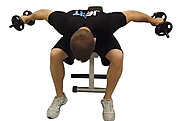
The spine is a complex structure, comprised of nerves, connective tissue, bones, discs, muscles and other essential integrative components. Specifically, the cervical spine is a vulnerable area that is commonly injured due to fall, trauma, motor vehicle accident, stress, as well as poor ergonomic setups, which all lead to pain.
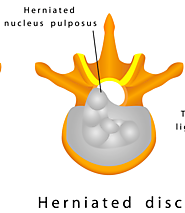
The spine is a complex structure, comprised of nerves, connective tissue, bones, discs, muscles and other essential integrative components. Whether it getting out of a chair or car, lifting or carrying items, some 29 muscles around the pelvic girdle and lumbar spine, provide stability.
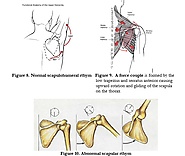
The shoulder is a complex joint. That is involved in daily activities such as getting dressed or reaching into a cupboard. Because the shoulder is truly a ball and socket joint, providing it to move freely in six different motions, this makes it more susceptible to injury.
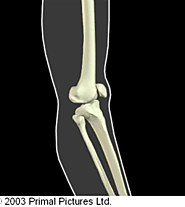
The foot is where movement begins, requiring mobility to perform simple functional movements. The knee however, requires stability with daily movements, but more importantly, dynamic sport movements such as soccer or football. In this article, we will review the anatomy of the knee, common injuries of the knee, functional assessments and training strategies to work with clients with previous injuries.

The foot is where movement begins requiring mobility to initiate daily and sport specific movements. However, the knee however, requires stability with daily movements, but more importantly, dynamic sport movements such as soccer or football. The hip, like the ankle, requires mobility, to perform such simple movements as sit to stand, climbing stairs and other functional movements.
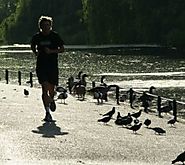
More and more people are discovering the joy of running. But how many of us realize that there is more than a surface reason we run? We have been created physically, emotionally, and psychologically to run. In this article we will explore the physical mind and body elements of running, the benefits of running, how to avoid obstacles, how running will help alleviate your physical pain, the stresses of everyday living, and how to prepare for your running in the future. Read more, http://www.fitnessprofessionalonline.com/articles/exercise-science/training-your-brain-a-guide-to-the-reasons-we-run/
